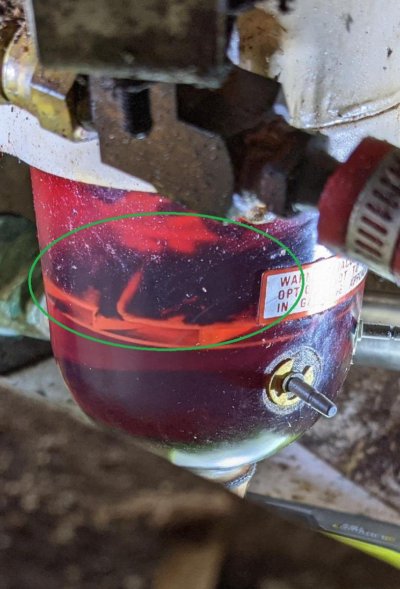RedRascal
Senior Member
Doing some detective work on my buddy's CHB 34. The primary Racor filter has some visible "sludge" in an internal part of the housing inside the bowl. The bottom of the bowl is apparently clean. This looks like trouble brewing to me and I wonder if this is indicative of a particular issue with the fuel. We don't know the age of the fuel in the tanks or what additives may or may not have been added along the way. We do know the boat was probably lightly used over the past 5-10 years and probably only ran in calm lake water. Since my buddy took ownership it's only seen one freighter wake bow on and got rolling from a wake pretty good once at anchor. So it hasn't been operating in conditions that would really stir up the tanks. Motor is a single Lehman 120.
Question, is this a common sight to a particular fuel issue?
Question, is this a common sight to a particular fuel issue?
Attachments
Last edited:


